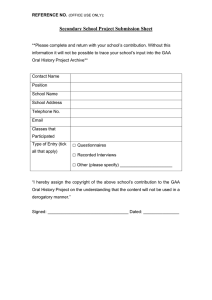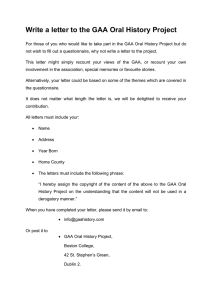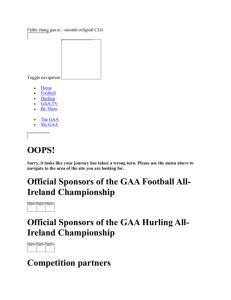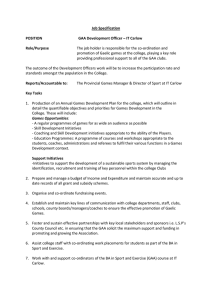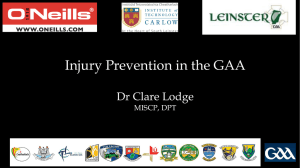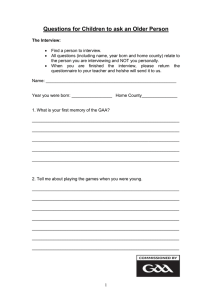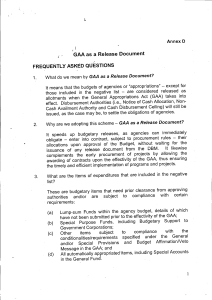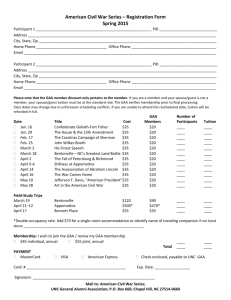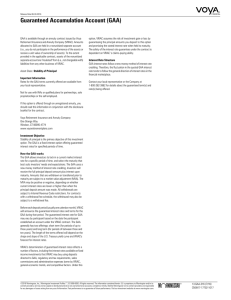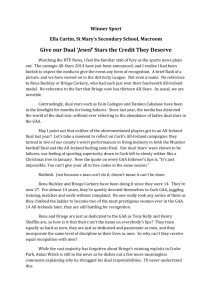"Are you going to the match?" is one of the... during the Irish summer. While the answer often depends on...
advertisement
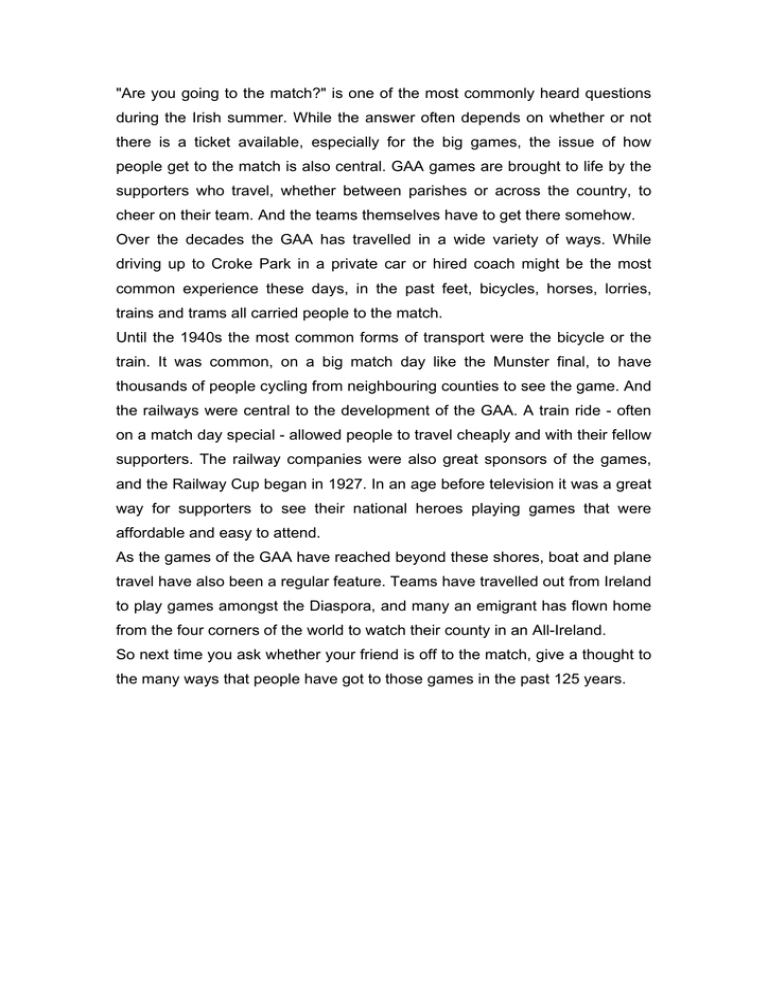
"Are you going to the match?" is one of the most commonly heard questions during the Irish summer. While the answer often depends on whether or not there is a ticket available, especially for the big games, the issue of how people get to the match is also central. GAA games are brought to life by the supporters who travel, whether between parishes or across the country, to cheer on their team. And the teams themselves have to get there somehow. Over the decades the GAA has travelled in a wide variety of ways. While driving up to Croke Park in a private car or hired coach might be the most common experience these days, in the past feet, bicycles, horses, lorries, trains and trams all carried people to the match. Until the 1940s the most common forms of transport were the bicycle or the train. It was common, on a big match day like the Munster final, to have thousands of people cycling from neighbouring counties to see the game. And the railways were central to the development of the GAA. A train ride - often on a match day special - allowed people to travel cheaply and with their fellow supporters. The railway companies were also great sponsors of the games, and the Railway Cup began in 1927. In an age before television it was a great way for supporters to see their national heroes playing games that were affordable and easy to attend. As the games of the GAA have reached beyond these shores, boat and plane travel have also been a regular feature. Teams have travelled out from Ireland to play games amongst the Diaspora, and many an emigrant has flown home from the four corners of the world to watch their county in an All-Ireland. So next time you ask whether your friend is off to the match, give a thought to the many ways that people have got to those games in the past 125 years.
